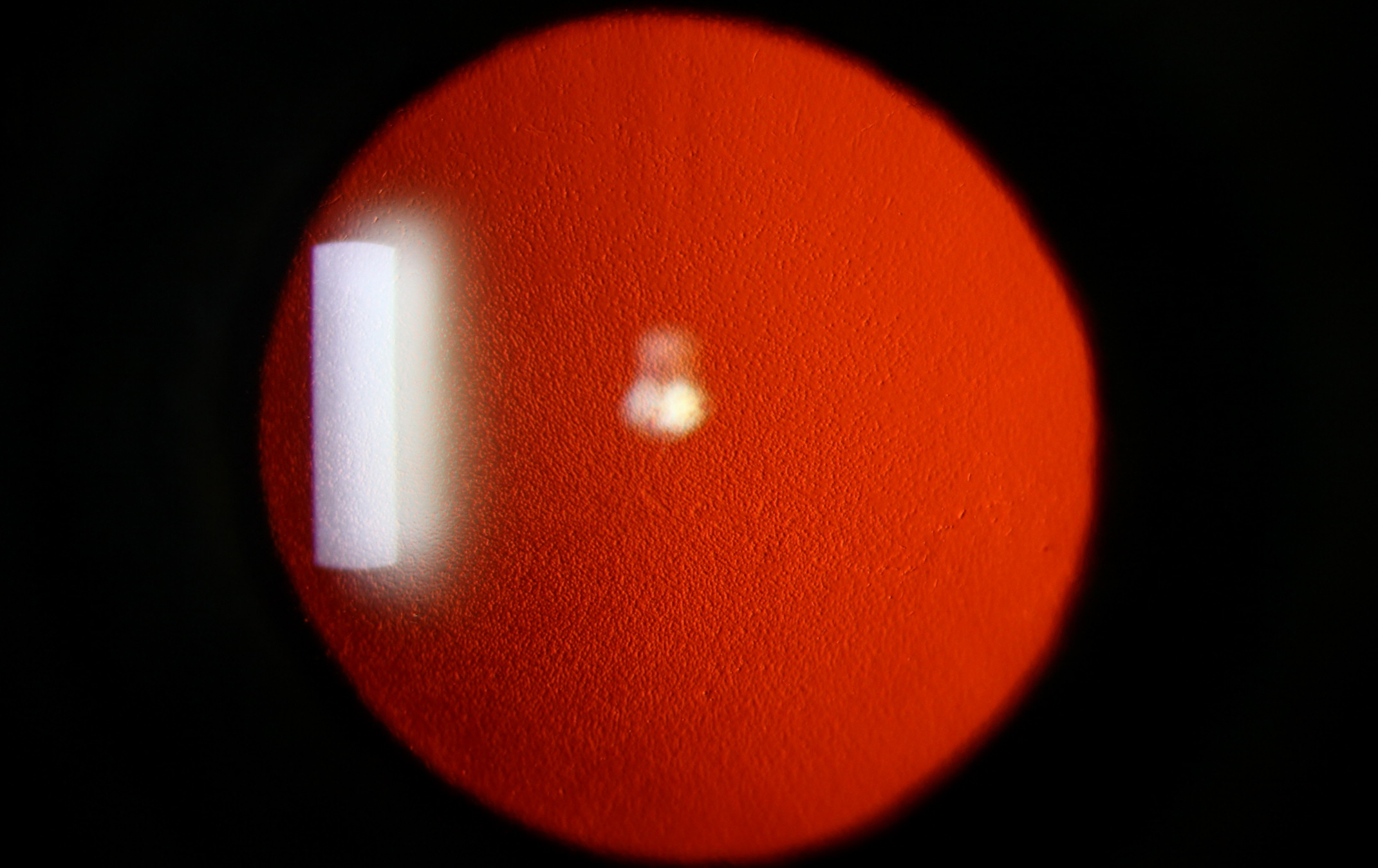Previous studies have investigated the influence of individual environmental factors that can also accelerate the symptoms and progression of Fuchs’ endothelial corneal dystrophy (FECD), but none have yet described and analyzed the interaction of these environmental factors and which one may have the greatest impact. To build on this, a new study analyzed possible risk factors such as gender, smoking, diabetes mellitus (DM) and body mass index (BMI), which may also have an interactive influence on the epigenetic changes of FECD. Researchers found for the first time that obese individuals develop FECD significantly earlier than those who aren’t obese.
A total of 403 patients between the ages of 28 and 96 with FECD registered in the FECD genetics database of the Center for Ophthalmology from the University Hospital Cologne in Germany were included. Disease onset, central corneal thickness and best spectacle corrected visual acuity (BSCVA) were correlated with the presence of diabetes, BMI and smoking behavior.
 |
|
In addition to smoking and diabetes, this study shows for the first time that obesity may have a negative impact on the development of FECD. Photo: Chris Sindt, OD. Click image to enlarge. |
The authors found that a BMI ≥ 30 is associated with an earlier onset of FECD. Moreover, a BMI ≥ 30 was correlated with the comorbidity diabetes. Using the mediation analysis, the presence of diabetes correlated with BMI >30.0 kg/m2.
“Since the vast majority of DM patients in our study suffer from DM type II, the metabolically associated type, we assume that metabolic changes contribute to the onset of FECD,” the authors explained. “The specific pathophysiology of how DM influences FECD remains unknown” beyond a pathological effect on function and morphology of hyperglycemia on corneal endothelial cells, the influence of an increased HbA1c glycosylation on corneal collagen fibrils, the authors wrote. Moreover, an increased intrastromal concentration of sorbitol would increase the corneal thickness by osmotic aqueous retention, they noted.
“Additionally, fatty tissue leads pathophysiological to an insulin-resistance, especially in patients with DM. The higher the proportion of adipose tissue in patients with a higher BMI, the stronger the insulin resistance, and therefore insulin cannot develop any catabolic effects.”
Smoking showed a negative effect on the development of FECD. “Smoking leads to an increase in free radicals and a decrease in antioxidants in the blood and subsequently in ocular tissues. As a result, smokers’ eyes are at increased risk for free radical damage and oxidative stress, leading to increased apoptosis of endothelial cells, associated with increased corneal guttae,” the authors explained. “Our findings are consistent with the results of the Reykjavik Eye Study, in which it was shown that smokers with 20 pack years have a twofold increased risk for the development of cornea guttata.”
Lastly, FECD has a greater incidence in women, which are predominantly affected postmenopausal, the authors noted. “Because the white fatty tissue in patients with a higher BMI has an independent estrogen production via the physiological enzyme aromatase, the earlier onset of FECD in obese patients might also be explained by the oxidative stress conducted by estrogen-metabolites,” they explained.
The combination of gender as a risk factor and obese individuals developing FECD earlier than those who are non-obese, this may indicate a role of glucose metabolism and the influence of estrogens in the development of FECD, the authors concluded. Further investigation of these potential risk factors would be of value, the authors added, as they could be influenced by diet or medication.
Zwingelberg SB, Lautwein B, Baar T, et al. The influence of obesity, diabetes mellitus and smoking on Fuchs endothelial corneal dystrophy. Scientific Reports. May 21, 2024. [Epub ahead of print]. |

